In the rapidly evolving landscape of technology, Artificial Intelligence (AI) has emerged as a powerful tool with the potential to transform various industries, including the food industry. Leveraging AI in food industry has opened up a world of possibilities, enhancing efficiency, productivity, and overall customer experience. In this article, we explore ten groundbreaking applications of AI in the food industry that are reshaping the way we produce, distribute, and consume food.
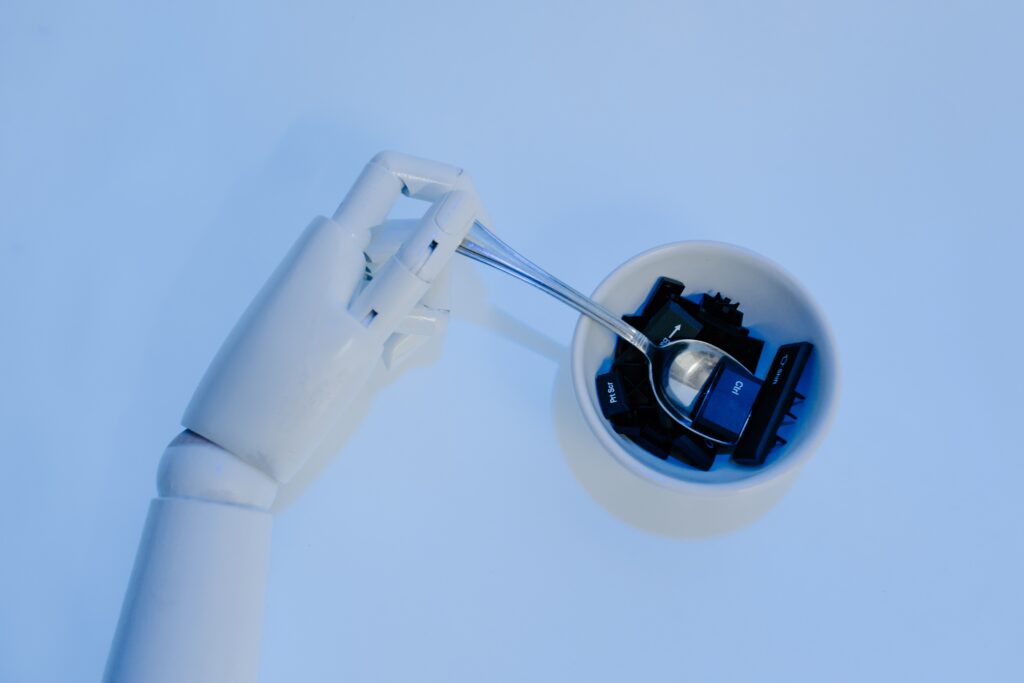
Table of Contents
How AI in food industry can benefit human being?
There are several applications of AI in food industry, however we have listed down top 10 areas which can be greatly benefitted everyday by constant evolution of AI. Read along and let us know if you know anymore such applications which can help human to produce, prepare and consume the food more efficiently. See below top 10 applications of artificial intelligence in food industry.
1. Smart Agriculture: Revolutionizing Crop Management
AI-powered agricultural systems are empowering farmers with real-time data and predictive analytics to optimize crop management. Through the analysis of soil conditions, weather patterns, and historical data, AI algorithms can provide insights on the optimal planting time, crop rotation strategies, and irrigation scheduling. AI in food industry enables farmers to make data-driven decisions, leading to increased crop yields, reduced resource wastage, and improved sustainability.

2. Precision Farming: Enhancing Efficiency and Sustainability
Precision farming, enabled by AI, combines various technologies such as drones, sensors, and machine learning algorithms to monitor and manage farms at a granular level. By capturing data on soil moisture, nutrient levels, and pest infestations, AI-powered systems can precisely apply fertilizers, water, and pesticides, reducing costs and environmental impact. Moreover, AI in food industry provides predictive analytics can help farmers detect crop diseases early, enabling targeted interventions and minimizing losses.

3. Food Quality Assurance: Ensuring Safety and Standards
Maintaining food safety and quality standards is of paramount importance in the food industry. AI technologies such as computer vision and machine learning enable automated quality inspection, reducing human error and enhancing efficiency. Cameras equipped with AI algorithms can detect contaminants, identify spoilage, and sort products based on quality attributes. This streamlines the quality control process, minimizing the risk of contaminated or substandard products reaching consumers.
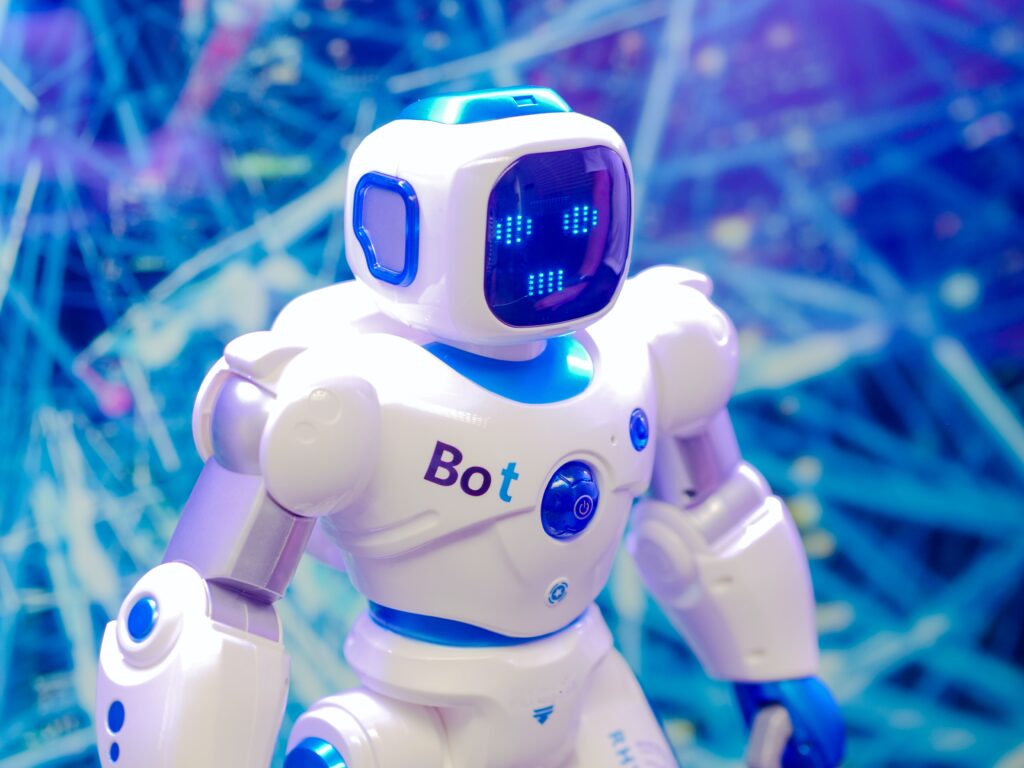
4. Supply Chain Optimization: Streamlining Logistics
AI-driven supply chain optimization is revolutionizing the way food products are transported, stored, and delivered. By analyzing vast amounts of data, including demand patterns, transportation costs, and inventory levels, AI algorithms can optimize routes, predict demand fluctuations, and minimize wastage. This results in improved inventory management, reduced transportation costs, and enhanced customer satisfaction through timely deliveries.
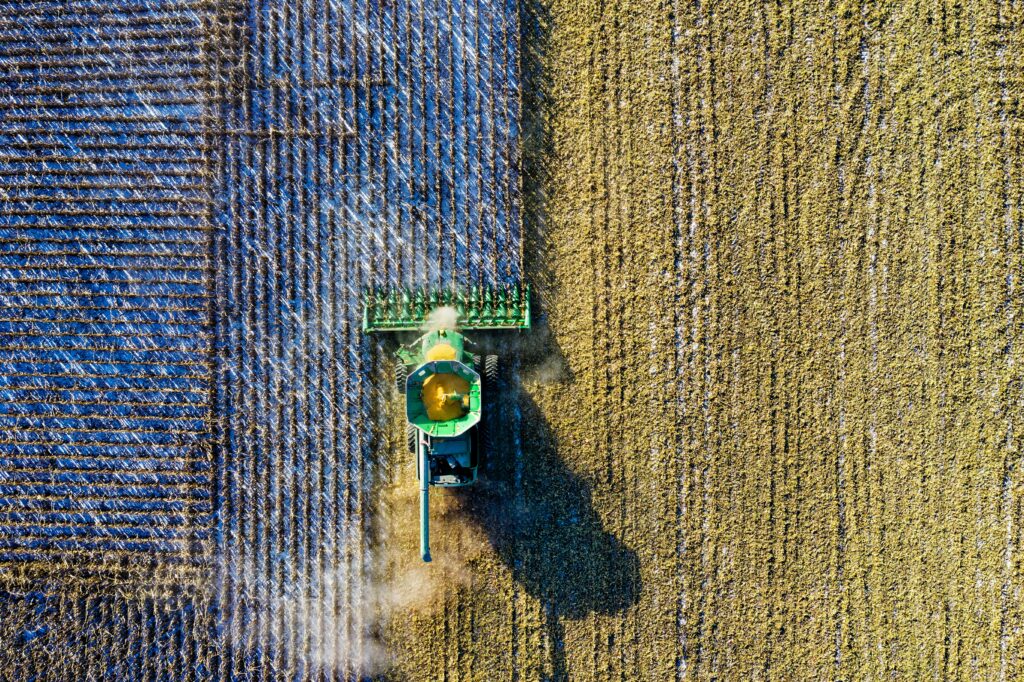
5. Personalized Nutrition: Tailoring Diets to Individuals
AI-powered personalized nutrition platforms leverage data from wearable devices, health trackers, and genetic profiles to provide customized dietary recommendations. These platforms analyze an individual’s unique physiological data, dietary preferences, and health goals to suggest personalized meal plans and nutritional supplements. By considering factors such as allergies, medical conditions, and fitness goals, AI enables individuals to optimize their diet and improve overall well-being.
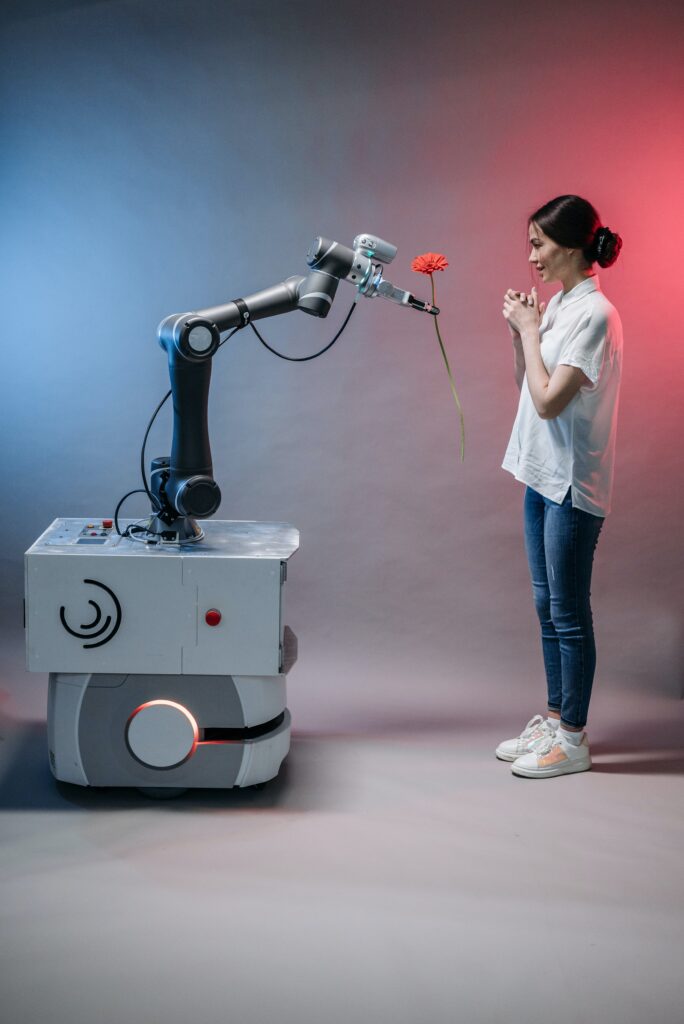
6. Menu Optimization: Enhancing Customer Experience
Restaurants and food service providers are utilizing AI algorithms to optimize their menus and enhance customer experience. By analyzing customer preferences, purchasing patterns, and feedback, AI can identify popular dishes, suggest new menu items, and recommend personalized promotions. This data-driven approach empowers businesses to cater to individual tastes, increase customer satisfaction, and drive revenue growth.
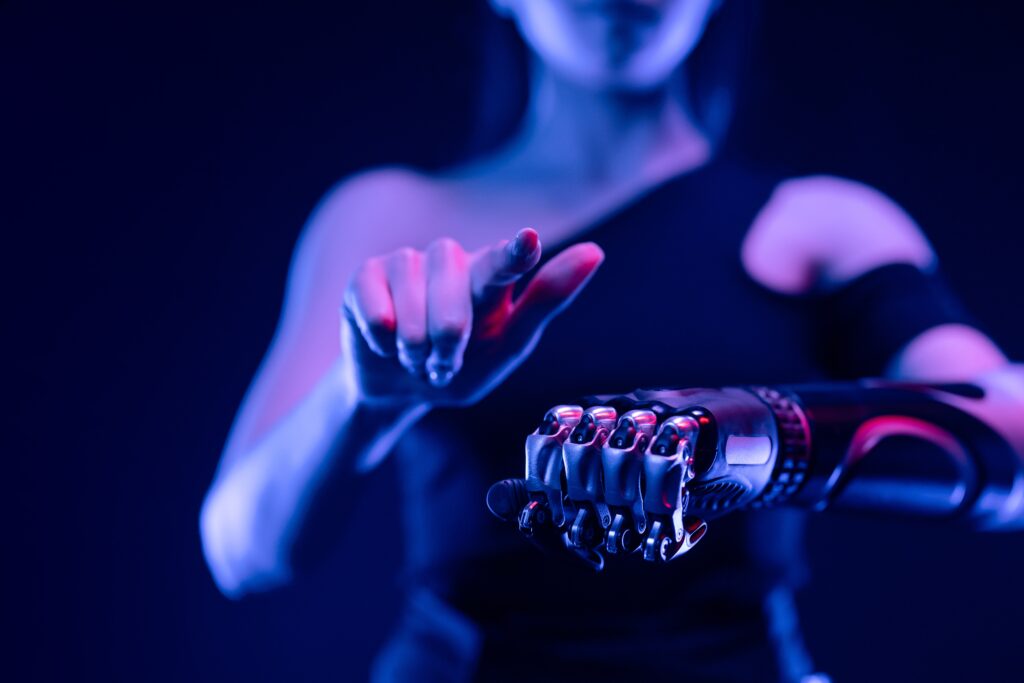
7. Smart Vending Machines: Enhanced Consumer Interaction
AI-powered smart vending machines are transforming the retail landscape, providing interactive and personalized experiences for customers. With facial recognition and natural language processing capabilities, these machines can offer customized recommendations based on individual preferences. Moreover, AI algorithms monitor product inventory in real-time, ensuring that machines are always stocked with popular items, reducing downtime, and maximizing revenue.
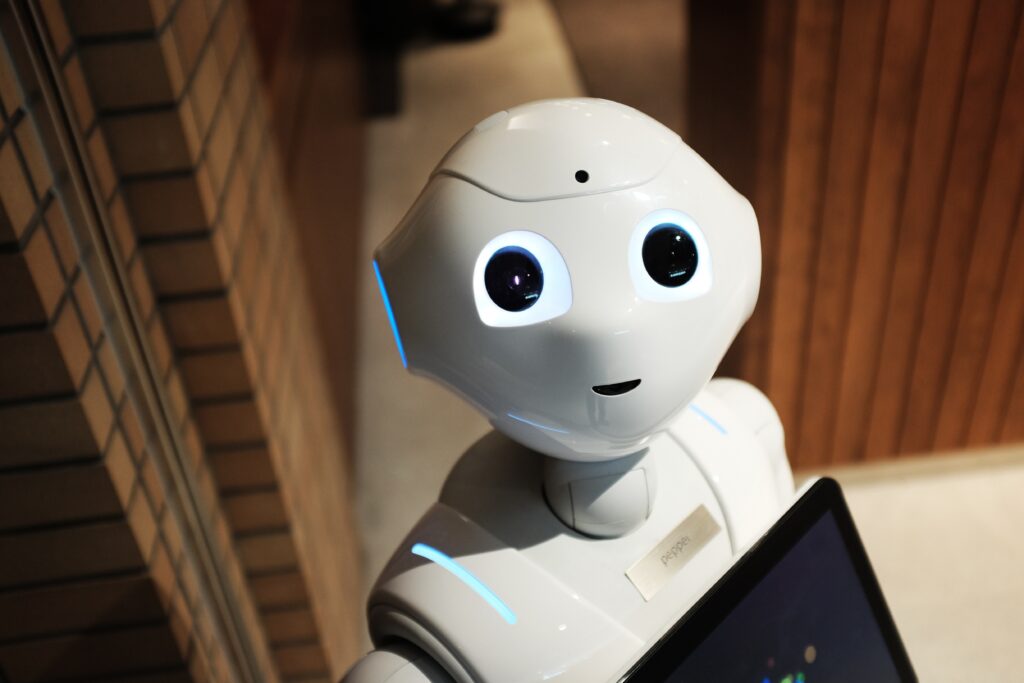
8. Food Safety Monitoring: Detecting Contaminants and Allergens
AI plays a crucial role in monitoring and detecting potential contaminants and allergens in the food industry. By analyzing data from sensors, cameras, and laboratory tests, AI algorithms can identify harmful substances, microbial contamination, and allergenic ingredients. This enables proactive measures to be taken, such as immediate product recalls or adjustments in manufacturing processes, ensuring consumer safety and compliance with regulatory standards.
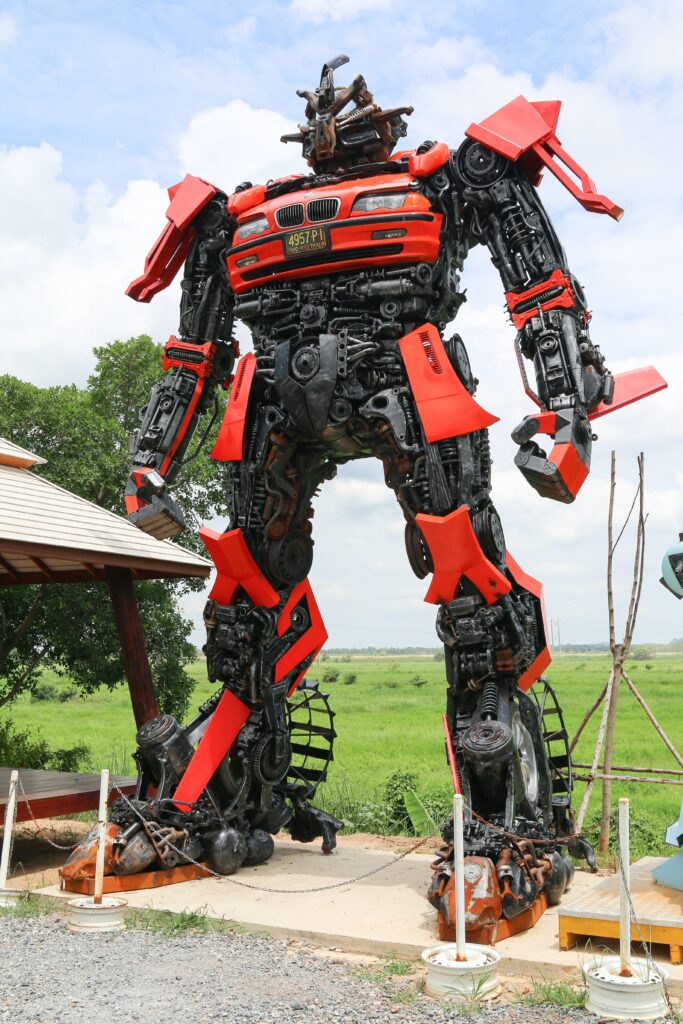
9. Waste Reduction: Minimizing Food Loss and Optimizing Production
Addressing food waste is a global challenge, and AI is being utilized to minimize waste throughout the food supply chain. By leveraging data analytics and machine learning, AI algorithms can predict demand, optimize inventory management, and identify potential areas of waste. This enables stakeholders to make informed decisions, reduce overproduction, and implement strategies to redistribute surplus food to those in need. Ultimately, AI helps create a more sustainable and efficient food ecosystem.
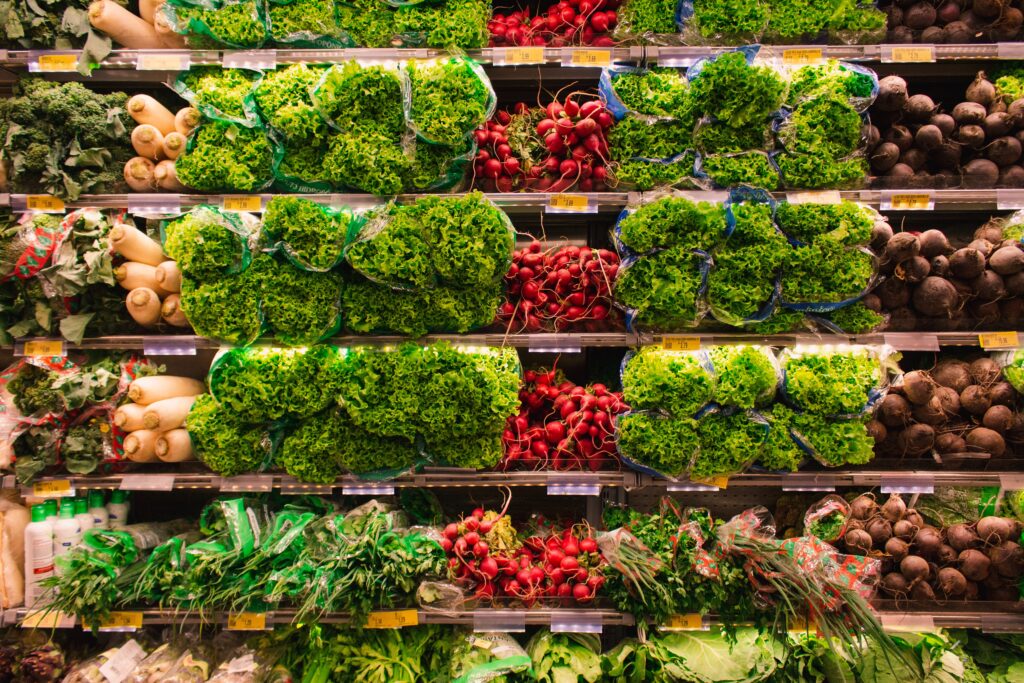
10. Culinary Innovation: Inspiring New Recipes and Flavors
AI is not only revolutionizing food production and distribution but also inspiring culinary innovation. AI-powered platforms can analyze vast databases of recipes, ingredients, and flavor profiles to suggest unique combinations and innovative recipes. This assists chefs, food manufacturers, and individuals in experimenting with new flavors, creating exciting culinary experiences, and pushing the boundaries of gastronomy.
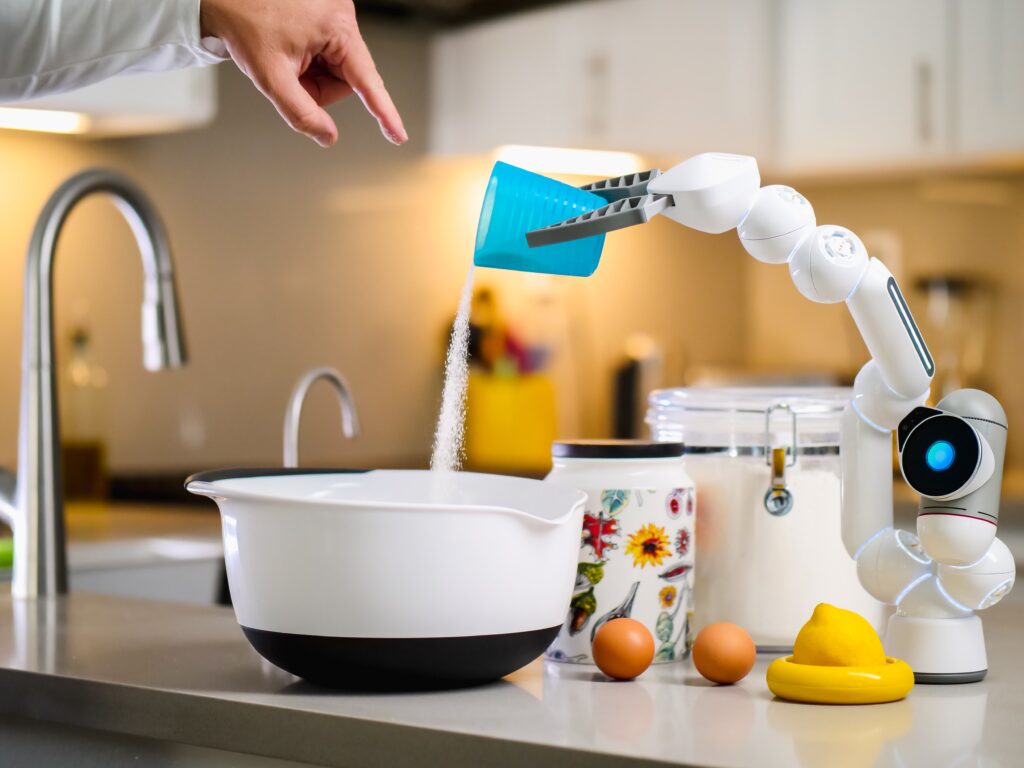
Conclusion
The applications of AI in the food industry are vast and far-reaching, transforming the way we produce, distribute, and consume food. From smart agriculture and precision farming to personalized nutrition and culinary innovation, AI is enhancing efficiency, sustainability, and customer experience. By leveraging AI technologies, businesses can optimize processes, ensure food safety, minimize waste, and deliver tailored solutions to meet individual needs. As the food industry continues to embrace AI, we can expect further advancements that will shape the future of food in exciting and unprecedented ways.
Remember, AI is not a magic solution to outrank other websites. Various factors influence search rankings, including the overall website quality, backlinks, user experience, and relevance. However, by providing high-quality and informative content that addresses specific keywords, you can increase your chances of achieving better visibility and ranking on search engines.
You can also read another most loved article posted around how AI is helping greatly in heathcare sector and let us know what do you think about doctors being affected with AI.
For regular updates, you can follow us on facebook.
What is the role of AI in food industry?
It depends how you want to leverage AI. Artificial intelligence gives you a powerful weapon which not only improves the quality but at the same time saves a lot of time. You may act as a farmer and get AI enabled farming machines, drones etc. Or you may act as a consumer and maintain your diet plans with the help of AI tracking. No matter what, you can use AI to help you achieve more in less time.
Will AI kill jobs in food industry?
The increasing population would always demand a high numbers of farmers and workers around food industry. However in our context, the jobs which empowered by AI will be more in demand, so we need to get ready for that.





GIPHY App Key not set. Please check settings
One Comment